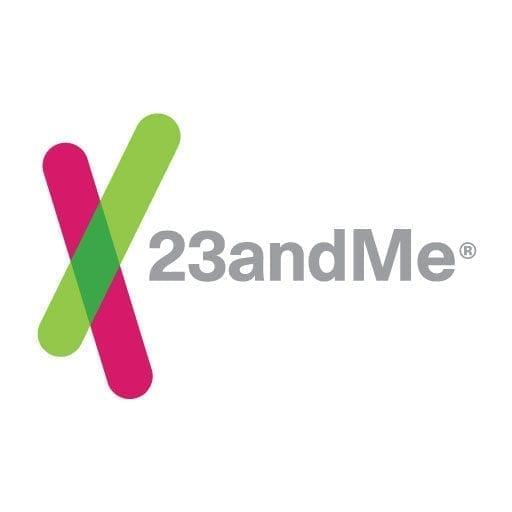Today’s post explains what “Sharing Genomes” means at 23andMe, describes several points to consider when sharing, and introduces some exciting new developments in sharing at 23andMe.

23andMe has revolutionized how people think about DNA. What used to be hidden inside heavy textbooks can now be the subject of cocktail conversation. It’s not just because our unique Personal Genome Service ® gives people a chance to explore their own DNA — it’s also because 23andMe represents the first genetics-based social network.
By “sharing” your genome with other 23andMe customers, you can trace shared ancestry, get a glimpse of the diversity in different people’s genetics, or simply brag about how you’re more Neanderthal than your friends. Through 23andMe you can share a little bit or a lot, or not at all — it’s up to you.
What can I share at 23andMe?
- “Basic Sharing” will be “Sharing, without health reports”
- “Extended Sharing” will be “Sharing, with health reports”
We want everyone to understand how sharing works at 23andMe and these new labels more clearly describe the distinction between the two options.
At 23andMe, all customers have the option to share genetic results with others by “Sharing Genomes.”
Sharing genomes always allows you to see each other’s results for ancestry features including Maternal and Paternal Lines, Ancestry Painting, and Global Similarity. You can also use the Compare Genes feature to see how genetically similar you are, and the Family Inheritance feature to see which segments of DNA you might share.
Optionally, you may also choose to see each other’s results for most Health reports.
Currently there is no way to directly view or download each other’s raw genetic data or results for Health reports that require an opt-in. These include BRCA Cancer Mutations (Selected), Parkinson’s Disease, and Alzheimer’s Disease.
What should I consider before sharing at 23andMe?
The vast majority of things we learn by sharing with others at 23andMe are interesting and positive experiences. For many customers, the ability to compare DNA with friends, close family, and distant cousins is one of the most useful and rewarding aspects of this service.
However, there are some aspects of sharing that you should be aware of. Within two weeks, we plan to expand our descriptions of sharing throughout the site to address these aspects more fully.
First, some of the information that you directly share can be sensitive, including ancestral origins, family relationships, and health risks. Some people are very comfortable sharing this kind of information, some are not — it’s a personal choice, and the system allows you to be flexible.
Second, some features, like Compare Genes and Family Inheritance: Advanced, allow you to compare DNA between two people you’re sharing with. Similarly, your shares may compare your DNA with that of people they’re sharing with. This aspect of sharing allows customers to compare people to each other and opens up new genealogical vistas by allowing customers to find evidence of family relationships. These new-found family relationships can be unexpected and sometimes upsetting, but more often they are exciting pieces of a genealogical puzzle.
Third, there is some chance that someone you’re sharing with could learn something about you that you didn’t directly share. For example, if you and someone you’re sharing with have a matching segment of DNA that overlaps a health-associated gene, you might infer something about their genotype on the basis of your own, or vice versa. The one way to be absolutely sure that health information about you is not learned in this way is to abstain from sharing entirely. However, it takes substantial effort to learn things like this.
If you’re unsure, we recommend sharing with people you’re comfortable with. Sharing allows you to use more of the features on the website and adds a new dimension to what you can learn about yourself and your family. Many customers share openly with each other and have only benefited from the experience. As you learn more about genetics and develop a finer sense of the issues involved, you might begin to share more openly yourself.
New developments in sharing at 23andMe
Today we’d like to announce a few exciting sharing-related changes coming to some popular 23andMe Labs. Previously in Family Inheritance: Advanced, you could only run comparisons between your shares and close family members. Now, you’ll be able to compare any two of your shares. In Ancestry Finder, you’ll now be able to view the results for any of your shares.
These changes are expected to go into effect within the next two weeks. We are adding this time period to allow customers to absorb and adjust preferences in advance of the changes. If you’re not comfortable with these capabilities, sharing might not be for you. For others, we hope that these changes enhance your experience at 23andMe and speed genealogical research. Sharing and comparing makes your genetics that much more interesting, and we encourage everyone to share at whatever level they wish.
If you have questions or concerns you’d prefer not to post, please send them to sharing-feedback@23andme.com.



